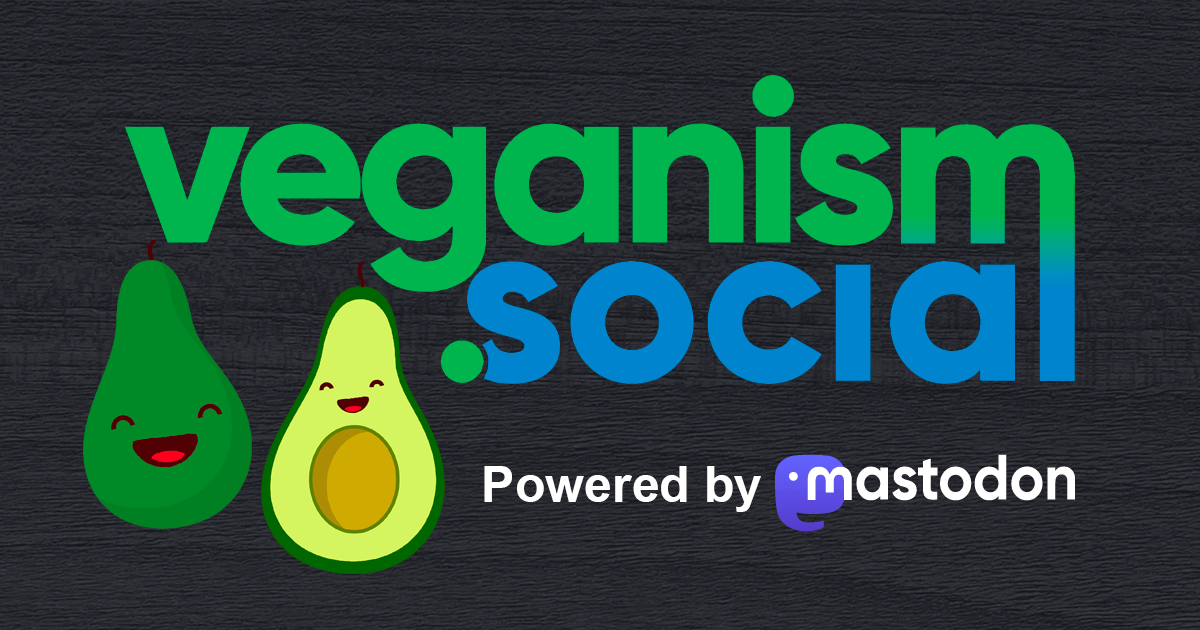Dr. Juande Santander-Vela<p>Of course all of this builds on the initial success from the original ALMA long-baseline campaing that looked at HL Tau and found its protoplanetary disk in all its glory…</p><p><a href="https://www.almaobservatory.org/en/press-releases/revolutionary-alma-image-reveals-planetary-genesis/" rel="nofollow noopener" translate="no" target="_blank"><span class="invisible">https://www.</span><span class="ellipsis">almaobservatory.org/en/press-r</span><span class="invisible">eleases/revolutionary-alma-image-reveals-planetary-genesis/</span></a></p><p> <a href="https://astrodon.social/tags/ALMA" class="mention hashtag" rel="nofollow noopener" target="_blank">#<span>ALMA</span></a> <a href="https://astrodon.social/tags/AtacamaLargeMillimeterSubmillimeterArray" class="mention hashtag" rel="nofollow noopener" target="_blank">#<span>AtacamaLargeMillimeterSubmillimeterArray</span></a> <a href="https://astrodon.social/tags/AtacamaLargeMillimeterArray" class="mention hashtag" rel="nofollow noopener" target="_blank">#<span>AtacamaLargeMillimeterArray</span></a> <a href="https://astrodon.social/tags/ProtoplanetaryDisks" class="mention hashtag" rel="nofollow noopener" target="_blank">#<span>ProtoplanetaryDisks</span></a> <a href="https://astrodon.social/tags/PlanetFormation" class="mention hashtag" rel="nofollow noopener" target="_blank">#<span>PlanetFormation</span></a> <a href="https://astrodon.social/tags/YoungStars" class="mention hashtag" rel="nofollow noopener" target="_blank">#<span>YoungStars</span></a> <a href="https://astrodon.social/tags/YoungSolarSystems" class="mention hashtag" rel="nofollow noopener" target="_blank">#<span>YoungSolarSystems</span></a> <a href="https://astrodon.social/tags/HLTau" class="mention hashtag" rel="nofollow noopener" target="_blank">#<span>HLTau</span></a></p>
veganism.social is one of the many independent Mastodon servers you can use to participate in the fediverse.

Veganism Social is a welcoming space on the internet for vegans to connect and engage with the broader decentralized social media community.
Administered by:
Server stats:
279active users
veganism.social: About · Status · Profiles directory · Privacy policy
Mastodon: About · Get the app · Keyboard shortcuts · View source code · v4.4.0-alpha.5
#protoplanetarydisks
0 posts · 0 participants · 0 posts today
Dr. Juande Santander-Vela<p>Using data from ALMA and advanced simulations, a research team led by Santiago Orcajo from the Instituto de Astrofísica de La Plata in Argentina (CONICET and Universidad Nacional de La Plata) has presented a new model that traces the evolution of protoplanetary disks through five distinct stages. The results strongly support a planet-driven origin of these substructures and offer new insights into how planets interact with the disks in which they form.</p><p>Stage I: Very young disks with shallow or no obvious substructures, corresponding to an epoch in which protoplanets are not massive enough to carve noticeable gaps in the disks.</p><p>Stage II: Disks with relatively narrow, but clear gaps and rings, indicating the growth of protoplanets</p><p>Stage III: A rapid widening of the gaps due to the sudden growth in the mass of some planets when they acquire their gaseous envelopes. This stage includes the rapid accumulation of dust at the outer edges of the gaps (the inner rims of the outer disks) due to the strong “pressure bumps” caused by the giant planets that recently formed, which stops the inward drift of dust.</p><p>Stage IV: Dust filtration at the edges of the cavities, resulting in dust-depleted inner disks. The millimeter dust from the outer disks efficiently drifts in and accumulates at the edges of the gaps.</p><p>Stage V: Eventually, the dusty inner disks drain completely onto the stars, and the outer disks become narrow rings (or collections of narrow rings).</p><p>More info: <a href="https://www.almaobservatory.org/en/press-releases/alma-inspires-new-models-for-the-evolution-of-planet-forming-disks/" rel="nofollow noopener" translate="no" target="_blank"><span class="invisible">https://www.</span><span class="ellipsis">almaobservatory.org/en/press-r</span><span class="invisible">eleases/alma-inspires-new-models-for-the-evolution-of-planet-forming-disks/</span></a></p><p><a href="https://astrodon.social/tags/ALMA" class="mention hashtag" rel="nofollow noopener" target="_blank">#<span>ALMA</span></a> <a href="https://astrodon.social/tags/AtacamaLargeMillimeterSubmillimeterArray" class="mention hashtag" rel="nofollow noopener" target="_blank">#<span>AtacamaLargeMillimeterSubmillimeterArray</span></a> <a href="https://astrodon.social/tags/AtacamaLargeMillimeterArray" class="mention hashtag" rel="nofollow noopener" target="_blank">#<span>AtacamaLargeMillimeterArray</span></a> <a href="https://astrodon.social/tags/ProtoplanetaryDisks" class="mention hashtag" rel="nofollow noopener" target="_blank">#<span>ProtoplanetaryDisks</span></a> <a href="https://astrodon.social/tags/PlanetFormation" class="mention hashtag" rel="nofollow noopener" target="_blank">#<span>PlanetFormation</span></a> <a href="https://astrodon.social/tags/YoungStars" class="mention hashtag" rel="nofollow noopener" target="_blank">#<span>YoungStars</span></a> <a href="https://astrodon.social/tags/YoungSolarSystems" class="mention hashtag" rel="nofollow noopener" target="_blank">#<span>YoungSolarSystems</span></a></p>
VegansExploreLive feeds
Mastodon is the best way to keep up with what's happening.
Follow anyone across the fediverse and see it all in chronological order. No algorithms, ads, or clickbait in sight.
Create accountLoginDrag & drop to upload